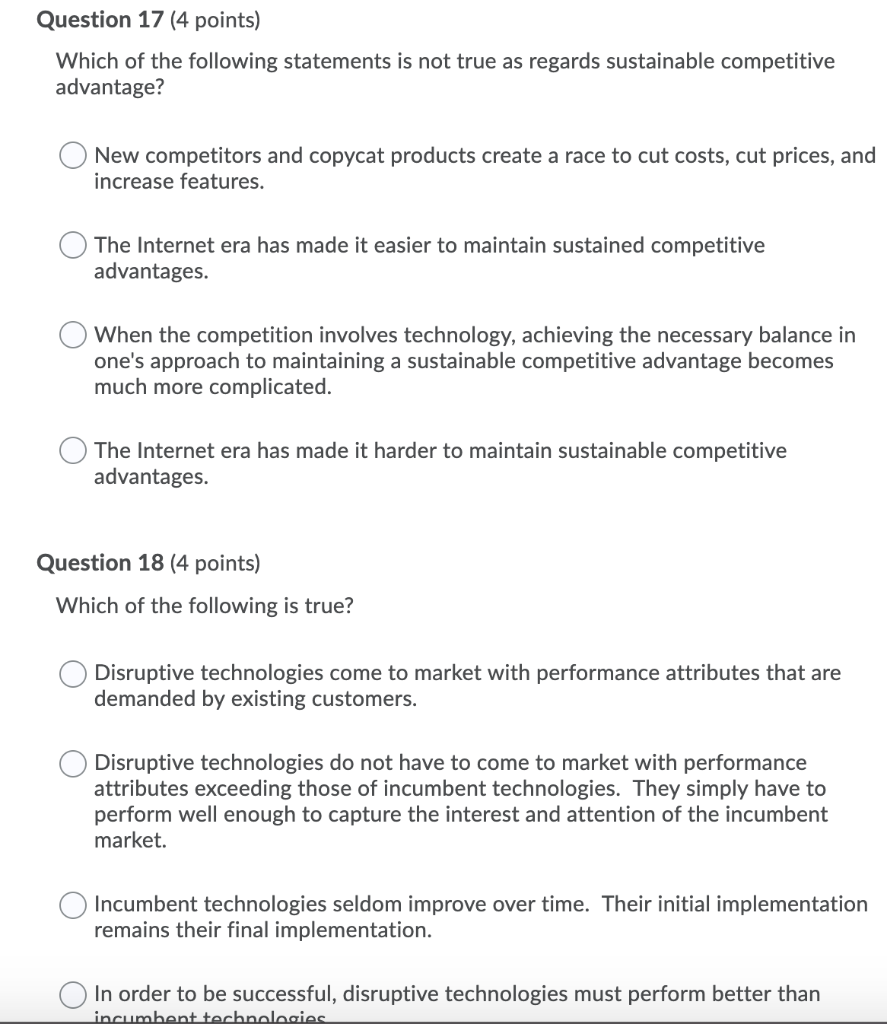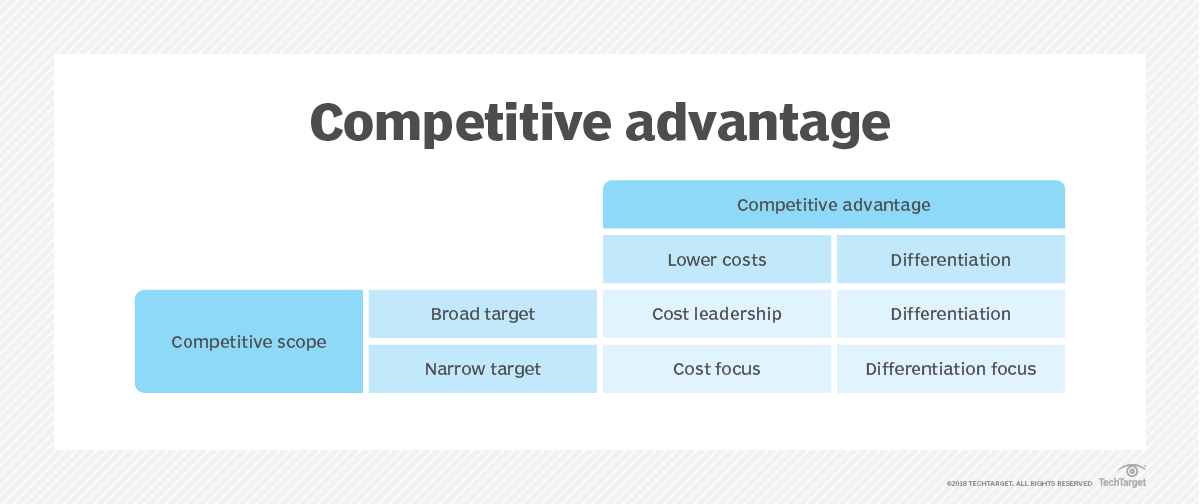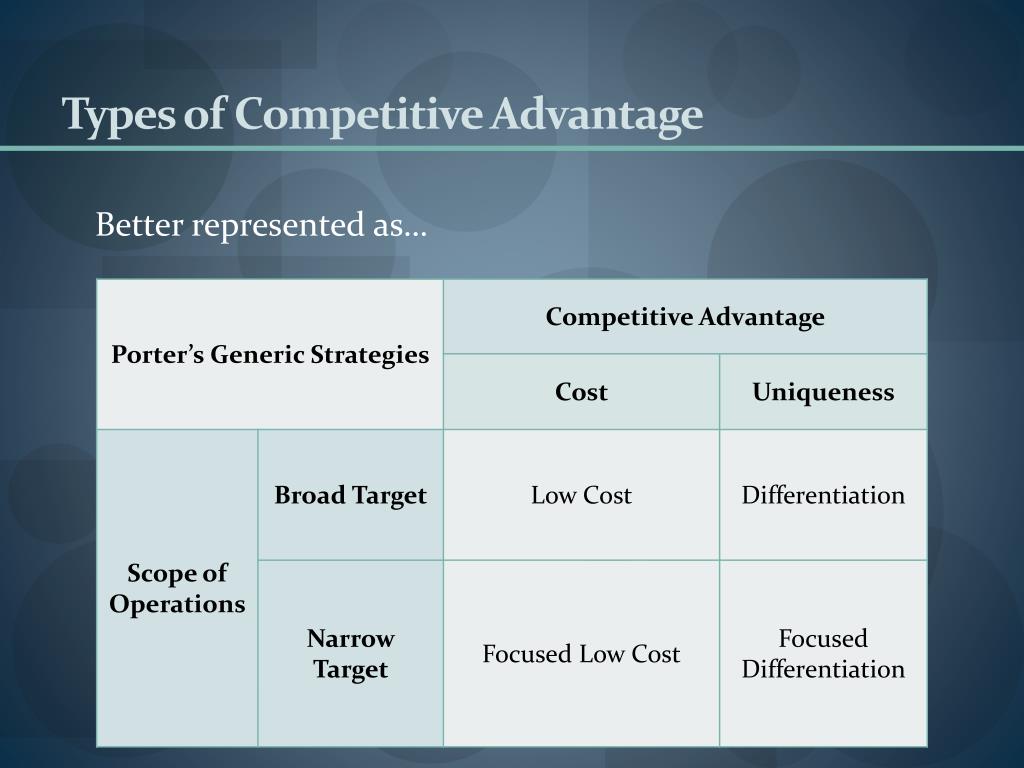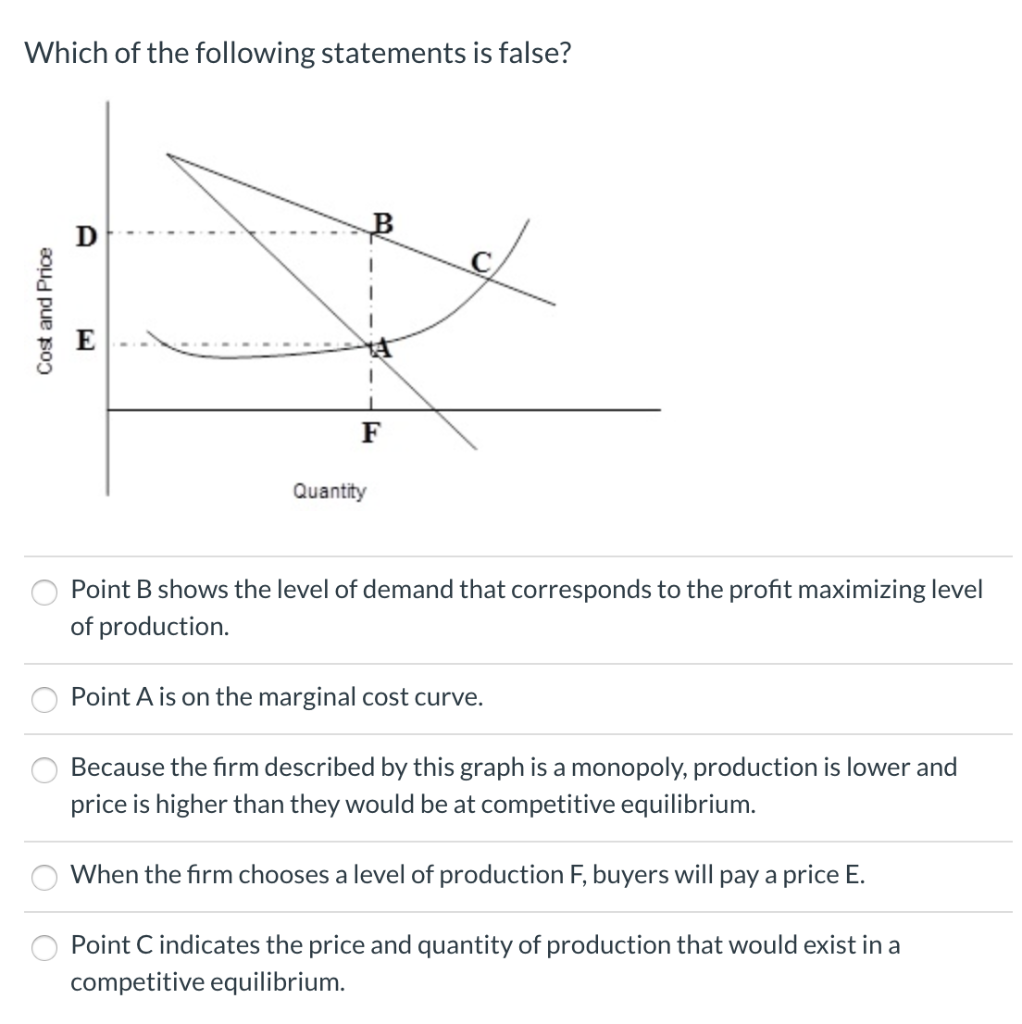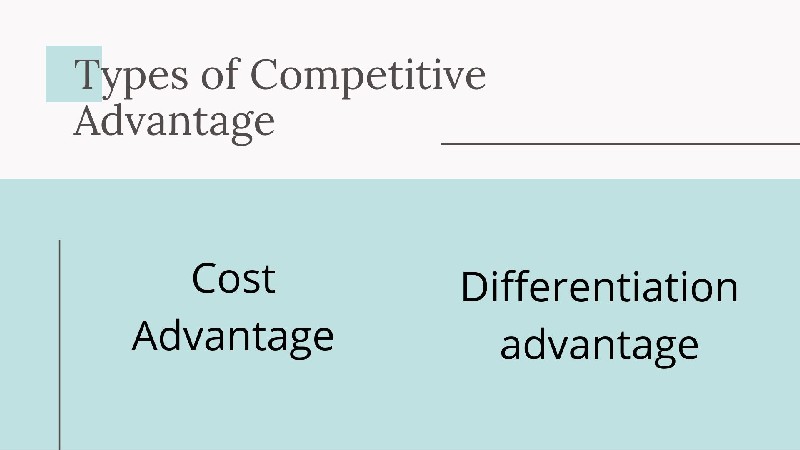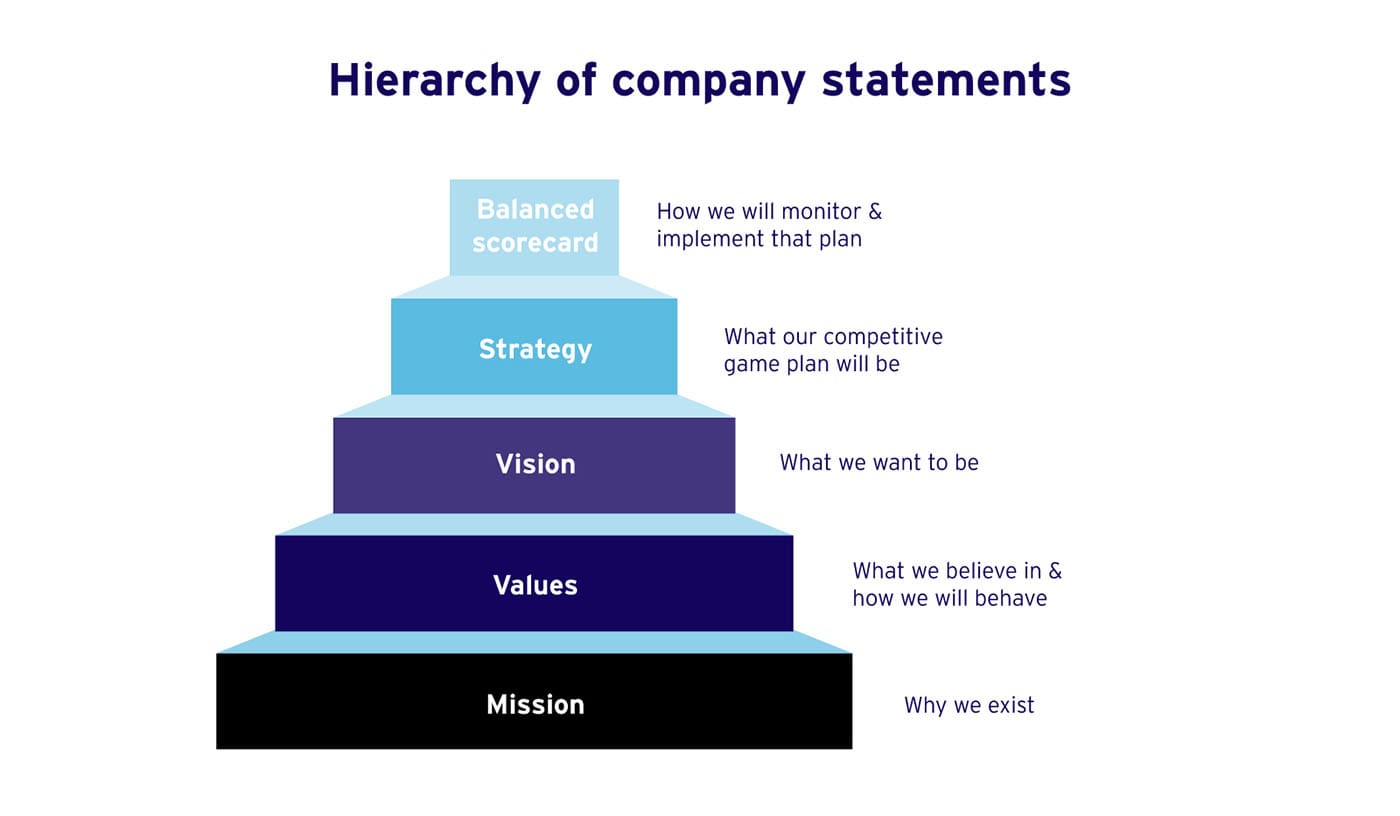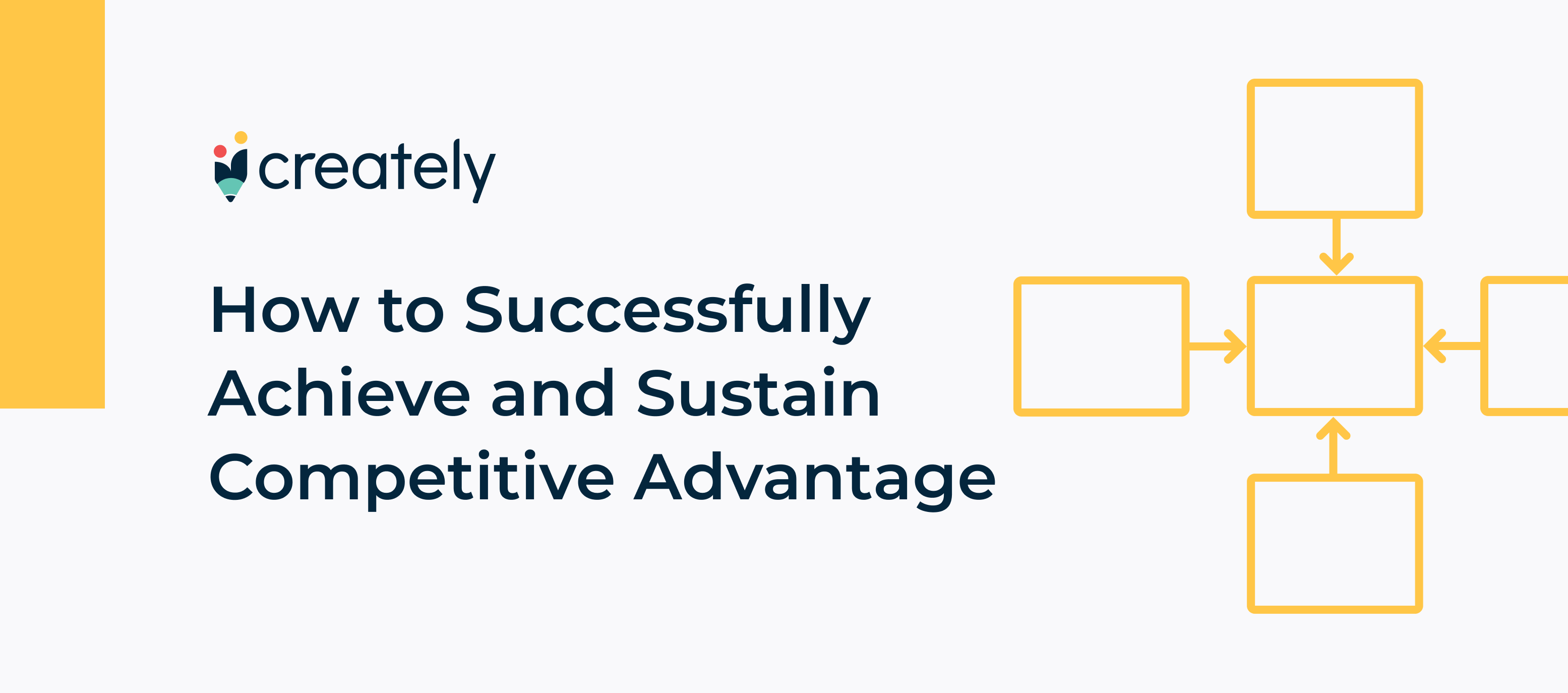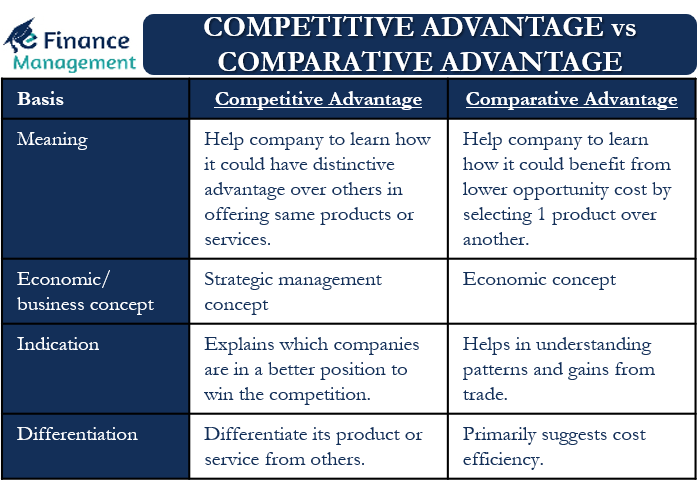Which Of The Following Statements About Competitive Advantage Is True

In the relentless arena of global business, the pursuit of competitive advantage reigns supreme. Companies dedicate vast resources to understanding, achieving, and sustaining this elusive edge, a factor critical for long-term survival and profitability. But what exactly constitutes a genuine competitive advantage, and how can it be accurately identified?
This question has sparked intense debate among academics, consultants, and business leaders alike. The core issue revolves around defining competitive advantage, distinguishing it from temporary gains, and recognizing its true drivers. Misunderstanding these nuances can lead to misguided strategies and ultimately, business failure.
Defining the Core of Competitive Advantage
At its heart, competitive advantage refers to a firm's ability to consistently outperform its rivals. This outperformance can manifest in various ways, including higher profitability, increased market share, superior customer loyalty, or a combination of these factors. However, not all superior performance translates into a true and sustainable competitive advantage.
A true competitive advantage possesses several key characteristics. It must be valuable, meaning it allows the firm to create value for its customers and generate profits. It also needs to be rare; if every company possesses the same capability, it cannot be a source of differentiation.
Furthermore, it should be inimitable, difficult for competitors to copy or substitute. Finally, the organization needs to be organized to exploit the advantage, with processes and structures in place to support its use.
Common Misconceptions and Debates
One common misconception is equating short-term success with a lasting competitive advantage. A company might experience a temporary surge in profits due to a lucky break or a fleeting trend. This does not necessarily indicate a fundamental advantage that can be sustained over time.
Another point of debate centers on the source of competitive advantage. Some argue that it stems primarily from internal factors, such as superior resources, unique capabilities, or a strong corporate culture. Others emphasize the importance of external factors, such as industry structure, market dynamics, and government regulations.
According to Porter's Five Forces, industry structure significantly impacts profitability. Therefore, a firm operating in an attractive industry may enjoy higher profits, even without possessing particularly unique capabilities.
Resource-Based View vs. Market-Based View
The resource-based view (RBV) of the firm posits that competitive advantage arises from the unique resources and capabilities a company controls. These resources can be tangible (e.g., patents, equipment) or intangible (e.g., brand reputation, employee skills). The key is that these resources must be valuable, rare, inimitable, and organized (VRIO framework).
The market-based view, on the other hand, stresses the importance of understanding and responding to external market forces. This perspective emphasizes the need to identify and exploit opportunities in the external environment, such as unmet customer needs or emerging market trends.
The reality is that both internal and external factors play a crucial role. A successful company needs to cultivate valuable resources and capabilities while also being adept at adapting to changes in the external environment.
The Importance of Dynamic Capabilities
In today's rapidly changing business landscape, the ability to adapt and innovate is paramount. This is where the concept of dynamic capabilities comes into play. Dynamic capabilities refer to a firm's ability to sense, seize, and reconfigure resources to adapt to changing environments.
A company with strong dynamic capabilities can identify new opportunities, develop innovative products and services, and adapt its business model to stay ahead of the competition. Without dynamic capabilities, even a company with a strong initial competitive advantage may eventually lose its edge.
Sustaining Competitive Advantage in the Long Run
Sustaining competitive advantage is a constant challenge. As competitors observe successful strategies, they will inevitably try to imitate or find alternative ways to compete. Therefore, companies must continuously innovate and improve to maintain their lead.
Building strong relationships with customers and suppliers can create barriers to entry for competitors. A strong brand reputation can also be a powerful source of differentiation. Furthermore, investing in research and development (R&D) can lead to breakthroughs that create new sources of competitive advantage.
Ultimately, the key to sustaining competitive advantage is to foster a culture of continuous improvement and innovation. Companies must be willing to challenge the status quo and experiment with new ideas.
Looking Ahead: The Future of Competitive Advantage
The future of competitive advantage is likely to be shaped by several key trends. These trends include the increasing importance of technology, the growing globalization of markets, and the rising demand for sustainable and ethical business practices.
Companies that can effectively leverage technology, navigate global markets, and embrace sustainability will be best positioned to achieve and sustain competitive advantage in the years to come. Understanding the fundamental principles of competitive advantage is more critical than ever.
In conclusion, the statement that best reflects the truth about competitive advantage is that it's a dynamic and multifaceted concept. It depends on both internal resources and external market factors, and requires continuous adaptation and innovation to be sustained over time.

